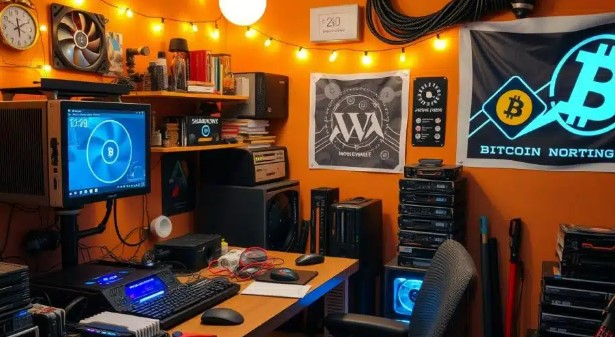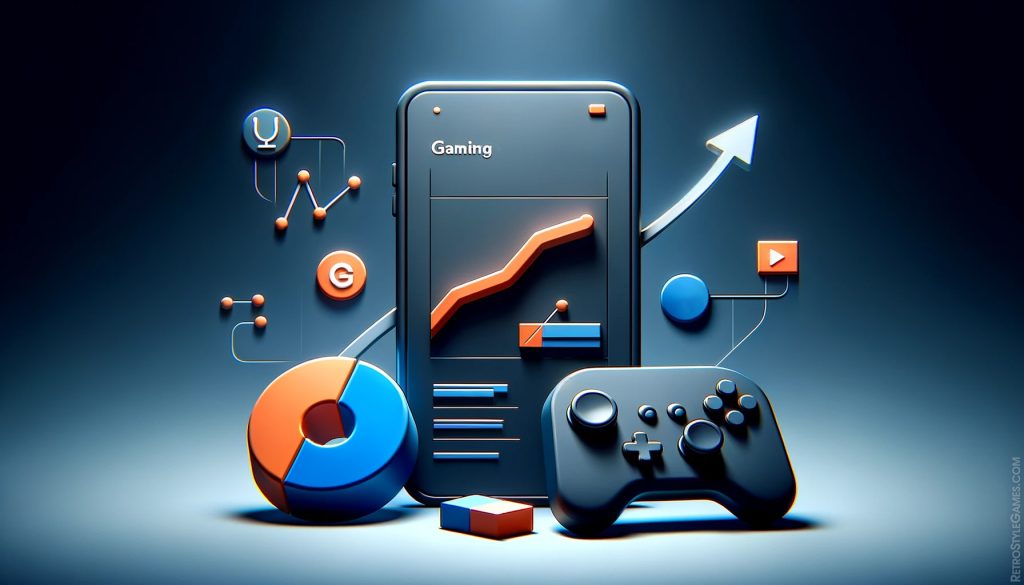
In the early 2020s, mining cryptocurrency on a home PC was a viable side hustle for many. But everything changed in 2022 when Ethereum—the second-largest blockchain—completed its transition to Proof-of-Stake (PoS), effectively ending GPU mining on its network. Today, in 2025, the landscape has shifted dramatically. While some still believe they can profit from mining on a gaming rig, the reality is far more nuanced. For those exploring remaining opportunities, joining a reliable mining pool—such as EMCD mining pool https://emcd.io/pool/ —can make a difference, but only if expectations are grounded in facts, not myths.
Myth 1: “You Can Still Mine Ethereum on a Home PC”
Reality: No. Ethereum no longer uses Proof-of-Work (PoW). The network now relies on validators who stake ETH, not miners with GPUs. Any website or software claiming to mine “Ethereum” is either mining a fork (like EthereumFair) or is a scam.
Myth 2: “Mining Is Still Profitable with a Gaming GPU”
Reality: Profitability has collapsed for most coins. Electricity costs, hardware depreciation, and low coin values mean that even powerful GPUs like the RTX 4080 often operate at a loss. Only in regions with extremely cheap or free electricity (e.g., < $0.05/kWh) can mining break even—and even then, only on select coins.
Myth 3: “Any Coin Can Be Mined Profitably”
Reality: Most PoW coins have tiny markets, low liquidity, or are outright abandoned. Viable options are limited to a few ASIC-resistant coins like Kaspa (KAS), Flux (FLUX), or Ravencoin (RVN). Even then, returns are modest—often just enough to cover electricity.
What Still Works in 2025?
If you’re determined to mine, focus on:
- Energy-efficient GPUs: Older cards like the RX 6700 XT offer better hash-per-watt ratios than newer models.
- Low-cost electricity: Mining only makes sense if power is subsidized or very cheap.
- Reliable infrastructure: Use a trusted mining pool with low fees, fast payouts, and real-time stats. EMCD mining pool stands out for its transparency, 24/7 support, and support for multiple GPU-minable coins.
- Heat reuse: In cold climates, excess heat from mining rigs can supplement home heating—adding indirect value.
Risks You Can’t Ignore
- Hardware wear: Continuous 24/7 operation shortens GPU lifespan.
- Market volatility: A coin’s value can drop 50% overnight, turning profits into losses.
- Regulatory uncertainty: Some countries restrict or tax mining income.
- Scams: Fake mining software often contains malware or steals your wallet keys.
Should You Mine at All?
For most people, the answer is no. The era of easy profits is over. Instead of mining, consider:
- Staking PoS coins (e.g., ETH, ADA, SOL) through secure platforms.
- Buying and holding quality assets.
- Using cloud mining only if you fully understand the contract terms (most are unprofitable).
Final Thoughts
Home PC mining isn’t dead—but it’s no longer a path to passive income. It’s a niche hobby for tech enthusiasts with cheap power and spare hardware. If you proceed, do so with realistic expectations, prioritize safety, and choose a reputable mining pool like EMCD mining pool to maximize efficiency and minimize risk. In 2025, mining is less about profit and more about participation in decentralized networks—if that’s your goal, then it may still be worth it.



